The ability to track objectives, express creativity, and organize tasks in a customized and flexible manner has made bullet journaling incredibly popular. At the core of this system is the ability to fully customize your journal to match your needs and ideas.
This is where using Japanese stationery becomes beneficial.
Japanese stationery has gained popularity among bullet journal enthusiasts due to its remarkable quality, wide selection of patterns, and focus on utility. These tools enable users to turn their journals into aesthetically pleasing and highly functional planning systems, complete with colourful pens and unique decorative elements.
Exploring Essential Japanese Stationery Tools for Bullet Journaling
Japanese stationery is not only aesthetically pleasing but also surprisingly practical. This wide range offers a multitude of indispensable instruments to enhance any creative pursuit.
Pens and Highlighters
Writing tools are the cornerstone of any bullet journal. Japanese stationery offers a variety of pens specifically designed to meet the requirements of bullet journaling.
Fine-point Pens: These are useful for writing in great detail and making lists that are easy to read. Well-known examples include the Zebra Sarasa and Pilot Hi-Tecpoint, renowned for their steady lines and smooth ink flow, making them ideal for daily task recording and journaling.
Brush Pens: These are great for adding a stylish touch to your bullet journal. With the flexible brush tip of these pens, you can create beautiful calligraphy and writing for headers, titles, and motivational quotes. Popular options such as Tombow Fudenosuke and Kuretake Zig Kureyon come in a variety of vivid colours to customize your journal.
Highlighters: Highlighters are essential for prioritizing and organizing tasks in your bullet journal. Japanese highlighters, known for their smooth application and unique ink formula that reduces bleed-through, keep your journal pages clear and crisp. Examples include Zebra Mildliners and Tombow Dual Brush Pens.
Washi Tape
One distinctive and adaptable component of Japanese stationery is washi tape, a beautiful paper tape made from natural fibres. Its salient features make it perfect for bullet journaling.
Decorative Accents: Washi tape is available in a staggering array of patterns and designs, from geometric patterns and solid colours to detailed images and whimsical characters. This enables you to design aesthetically pleasing layouts and customize the appearance of your diary.
Repositionable: Unlike regular tape, washi tape can be easily removed and reapplied without causing damage to the paper. This gives you the freedom to be creative with your designs and to change your layout as necessary.
Beyond aesthetics, washi tape has various practical uses in bullet journaling. You can use distinct colors of washi tape to group tasks, events, or habit trackers, making your journal more visually appealing and user-friendly.
Washi tape can also be used to create a habit tracker and visibly depict your progress over time. Simply add a small piece of washi tape each day and color it in to mark the completion of the desired habit. Washi tape can also be used to draw borders around sections of your notebook, highlight significant entries, or add a touch of whimsy and individuality to your spreads.
Other Useful Japanese Tools
The Japanese stationery market offers several resources to enhance your bullet journaling experience:
Sticky Notes: Japanese sticky notes provide a practical and vibrant option for recording brief thoughts, reminders, or brainstorming sessions. Available in unusual sizes and shapes, they add a touch of creativity to your planning process.
Stamps: Using Japanese stamps to add colourful motifs or inspirational words to your bullet journal is a fun way to customize it. Whether featuring intricate floral designs or simple geometric shapes, these stamps give your spreads a unique touch.
Stencils: For those who struggle with hand-drawn patterns or prefer consistent lettering, stencils are a useful option. With many styles available, you can create polished and well-made titles, headers, or decorative elements.
Conclusion
There are many advantages to using Japanese stationery for bullet journaling. Premium pens offer a superior writing experience that ensures even ink flow and less bleed-through. The wide range of colours and patterns allows for efficient organization through colour coding and personalized aesthetics.
Washi tape, a distinctively Japanese creation, provides a whimsical yet practical touch, ideal for creating borders, highlighting important entries, and tracking habits. Ultimately, using Japanese stationery in your bullet journal allows you to design a system that is not only functional but also visually appealing and uniquely yours.
For maximum efficiency and creative expression, explore the wide range of Japanese stationery options, try various tools and techniques, and experience the joy of customizing your bullet journal.







